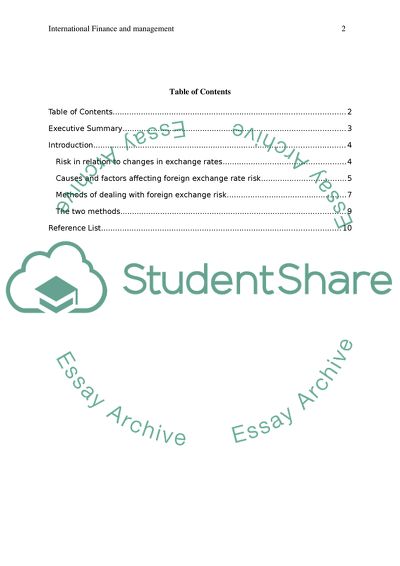Cite this document
(“International finance and management Essay Example | Topics and Well Written Essays - 1500 words”, n.d.)
International finance and management Essay Example | Topics and Well Written Essays - 1500 words. Retrieved from https://studentshare.org/finance-accounting/1639634-international-finance-and-management
International finance and management Essay Example | Topics and Well Written Essays - 1500 words. Retrieved from https://studentshare.org/finance-accounting/1639634-international-finance-and-management
(International Finance and Management Essay Example | Topics and Well Written Essays - 1500 Words)
International Finance and Management Essay Example | Topics and Well Written Essays - 1500 Words. https://studentshare.org/finance-accounting/1639634-international-finance-and-management.
International Finance and Management Essay Example | Topics and Well Written Essays - 1500 Words. https://studentshare.org/finance-accounting/1639634-international-finance-and-management.
“International Finance and Management Essay Example | Topics and Well Written Essays - 1500 Words”, n.d. https://studentshare.org/finance-accounting/1639634-international-finance-and-management.


